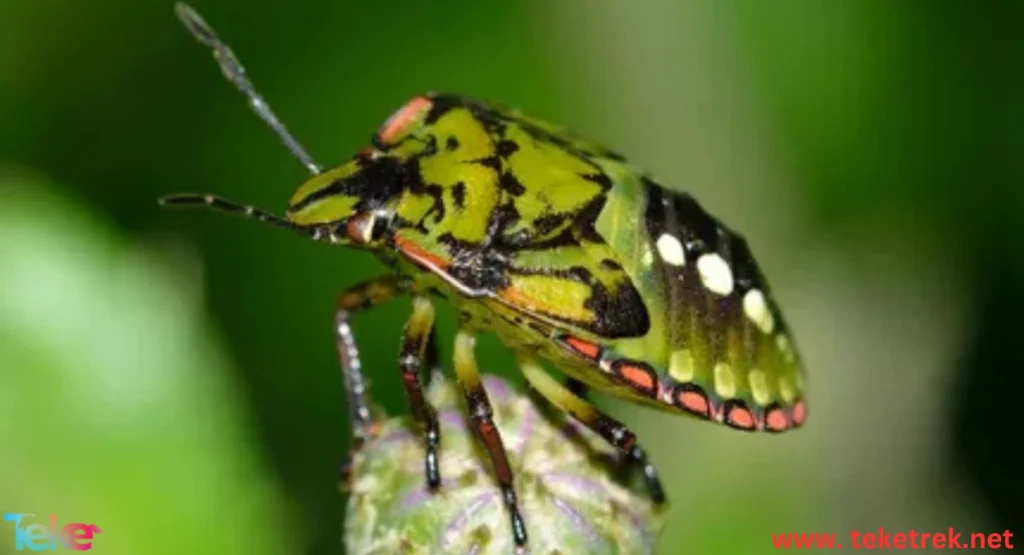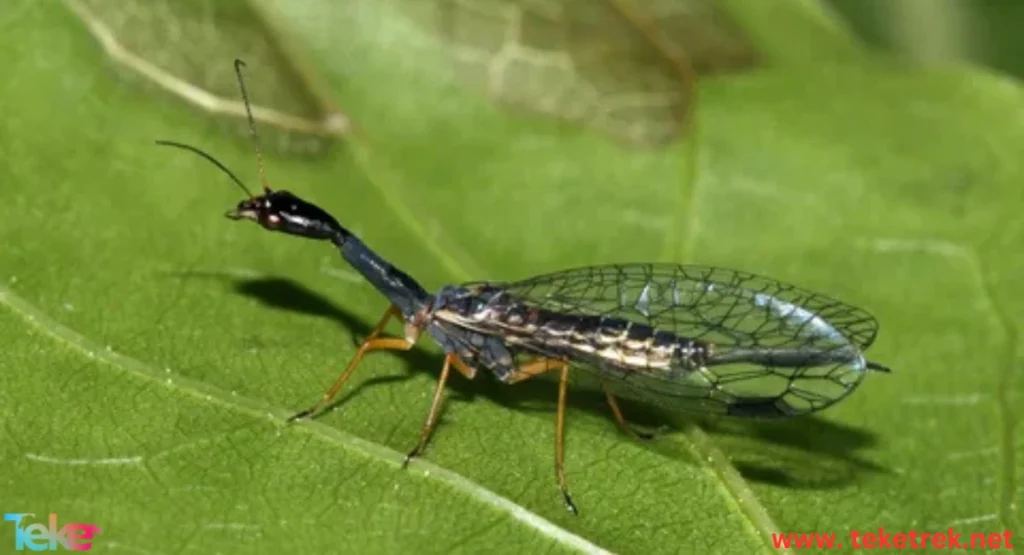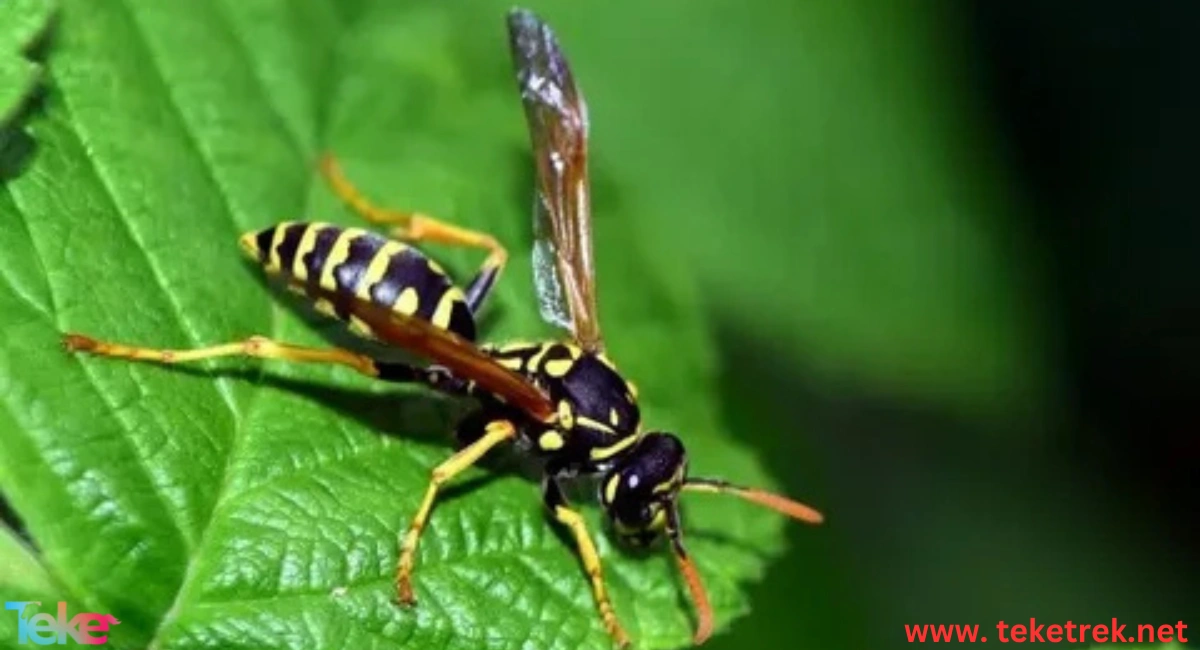In a world filled with health challenges faced by pets, parasites like fleas, ticks, and lice emerge as hidden enemies that silently sneak into the fur of our cats and dogs, causing them itching, skin infections, and sometimes even dangerous diseases transmitted by these tiny creatures. Since pets are beloved members of our families, protecting them from these harmful organisms is considered a top priority in home healthcare. Often, people resort to commercial solutions that contain chemical compounds that may harm the animal’s health or even family members—especially children.
That’s where the importance of turning to natural remedies comes in. These not only offer protection against insects but do so in a safe and eco-friendly way. Nature offers us effective treasures in the form of herbs, oils, and simple ingredients that can transform the battle against parasites into a peaceful and successful mission. In this article, we’ll dive into the depths of natural solutions for eliminating the pests that attack pets, offering safe and easy-to-apply home remedies. We’ll also explore In this article from teketrek، the causes of parasite infestations, prevention methods, and provide answers to the most frequently asked questions. Let’s begin this journey toward a cleaner environment and better health for our beloved pets.
Natural Tips to Get Rid of Pet Parasites
Parasites such as fleas, ticks, and worms can disrupt your pet’s comfort and affect their health and quality of life. While many chemical treatments are available, many pet owners are looking for safe and effective natural alternatives. In this section, we offer natural tips for getting rid of parasites that are gentle on the animal and the environment, without compromising effectiveness. Whether you prefer essential oils, herbs, or simple home remedies, here you will find thoughtful ways to protect your loyal companion in a healthy and sustainable way.
- Using Vinegar and Lemon as a Natural Shampoo
White vinegar and lemon juice are among the most effective natural ingredients for fighting insects due to their acidic properties, which make the skin’s environment unsuitable for fleas and lice. Mix equal parts of vinegar and water with a few drops of lemon juice, and use this mixture as a body wash after bathing. Avoid contact with the eyes or open wounds. This method is safe and excellent when used once a week.
- Essential Oils as a Natural Shield
Essential oils such as peppermint, lavender, tea tree, and eucalyptus are natural enemies of pests. Mix a few drops of oil with water in a spray bottle and lightly mist the animal’s fur. The smell repels fleas and lice. However, it’s advisable to test a small patch of skin first to ensure there is no allergic reaction.
- Regular Cleaning of Sleeping Areas
Fleas often hide in bedding and resting areas. Cleaning these spaces and washing blankets in hot water weekly is essential. Exposing bedding to direct sunlight is also beneficial, as heat kills flea eggs and small insects.
- Brushing the Fur with a Flea Comb
Using a dedicated flea comb helps manually remove pests—especially when combined with apple cider vinegar. Before combing, dampen the fur with a mixture of water and vinegar, then slowly run the comb through the fur, focusing on warm areas like behind the ears and under the armpits. This not only removes fleas but also helps detect early signs of infestation.

Targeted Treatments for Common Situations
In the world of modern medicine, a general approach is no longer sufficient. The focus has shifted to targeted therapies that are tailored to the common but diverse conditions patients face. Whether you suffer from a chronic condition, a localized injury, or a recurring emergency, carefully selecting the right treatment can mean the difference between rapid improvement and prolonged suffering.
In this section, we explore how precision medicine interventions can truly transform patients’ lives by adapting medical knowledge to each individual case.
- Removing Ticks from Dogs at Home:
Ticks can be annoying and dangerous, as they can transmit diseases. When a tick is found on a dog, use fine tweezers to slowly pull it out without breaking its head inside the skin. After removal, disinfect the bite site with a cotton swab dipped in alcohol or tea tree oil, and clean the dog’s bedding thoroughly. You can also spray the surrounding area with a mix of vinegar and peppermint oil to repel other insects.
- Getting Rid of Cat Fleas Using Vinegar:
Apple cider vinegar is an effective weapon against cat fleas. Mix one cup of vinegar with one cup of water in a spray bottle, then spray the fur carefully—avoiding the face and eyes. Repeat daily for a week to see results. Fleas hate the smell of vinegar and won’t linger on treated fur. - Treating Ticks in Cattle:
In cows, special care is needed due to their size and frequent tick exposure in fields. A mixture of water, vinegar, and a few drops of eucalyptus oil can be sprayed on affected areas. Also, wood ash from burned natural wood can be sprinkled on the skin—a traditional and effective method of repelling parasites. - Treating Parasites in Cats:
In addition to natural sprays and oils, boosting your cat’s immune system with a balanced diet is important. Weaker cats are more prone to parasites. It’s also recommended to brush their fur daily and monitor their skin to prevent outbreaks. - Treating Cat Fleas at Home:
To treat the surrounding environment, mix baking soda and salt, and sprinkle it on carpets and bedding. Leave it for several hours before vacuuming. This mixture kills fleas in all life stages—from eggs to adults. Repeat every 3 days for two weeks to ensure complete elimination. - Why Do Cats Get Fleas?
Fleas don’t appear out of nowhere. Cats often pick them up from gardens or by coming into contact with infected animals. Dirty bedding or poor hygiene can also create a favorable environment for flea growth. Prevention is always better than cure.
Hariri fish: Everything you need to know about this unique sea creature
Related Terms Used in Context
Keeping the fur clean and free from cat lice helps reduce the risk of infection among animals at home. In the case of cat parasites such as fleas, the first step is to expel them using a natural spray made from lemon and mint. This is considered a recommended natural remedy before turning to veterinary drugs.
Frequently Asked Questions
How do I get rid of pet insects?
Start by washing your pet with warm water and vinegar, then use a flea comb to remove visible parasites. After that, treat the pet’s bedding and surrounding environment with vinegar solution or a mix of baking soda and salt. You can also use diluted essential oils as insect repellents.
What are the ways to deal with insect problems in cats?
Regular fur cleaning, using a flea comb, applying an apple cider vinegar and water solution, and cleaning nearby carpets and bedding are all effective methods. Also, watch for signs like itching or skin redness, which may indicate an infestation.
What herb repels insects at home?
Catnip, lavender, eucalyptus, and thyme are powerful herbs that insects dislike. They can be dried and placed in small fabric bags or their essential oils can be used in diffusers.
Can cat parasites be transferred to humans?
Yes, some cat parasites like fleas can bite humans and cause itching or allergic reactions. However, they don’t reproduce on humans. Maintaining hygiene and taking preventive steps significantly reduces the chances of transmission.
Guppies: Your Comprehensive Guide to Caring for Them in Your Home Aquarium

Conclusion
When we raise a pet, we take on the responsibility for its health, comfort, and safety. Parasites—though small—can become a major nuisance to both our pets and our families if not dealt with seriously and effectively. This article has provided you with a practical, natural guide to addressing this issue at its root without relying on harsh chemicals.
Still, none of these treatments should replace a visit to the vet—especially in severe cases or if serious skin reactions occur. A professional can accurately diagnose the issue and prescribe the right treatment.
Routine hygiene for both the home and the pet isn’t just about pest control—it’s a form of love and respect for a creature that has given us its trust and affection. From brushing their fur to cleaning their bedding, spraying essential oils, or preparing simple home remedies—every step you take ensures your loyal companion’s comfort and safety.
Let’s stay mindful and always choose the natural and healthy path in our care for them. Love isn’t measured by the number of meals or toys, but by the level of attention we give in the small details—and those details start with cleaning off that very first flea.





